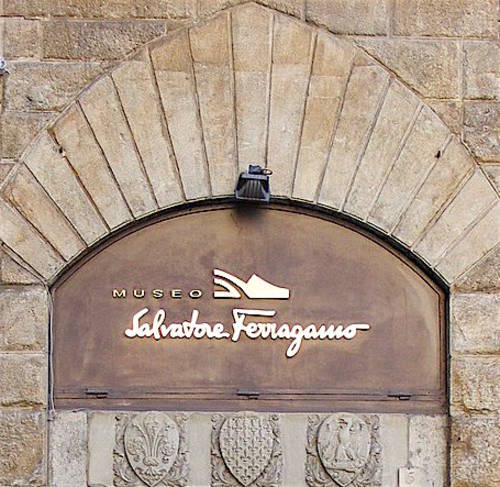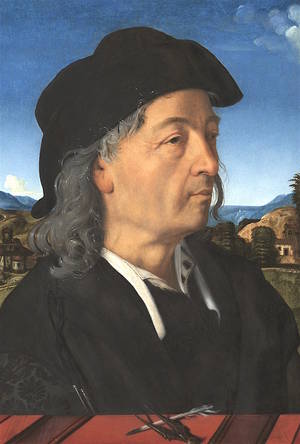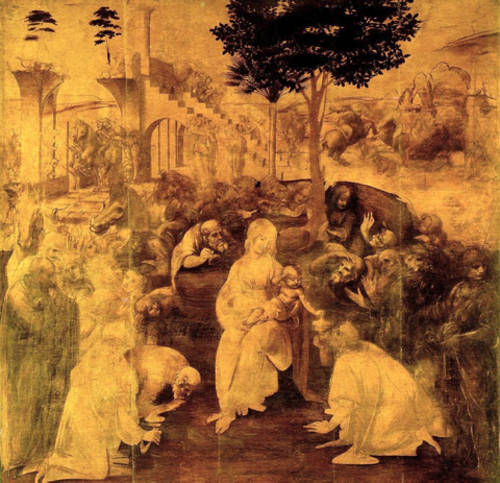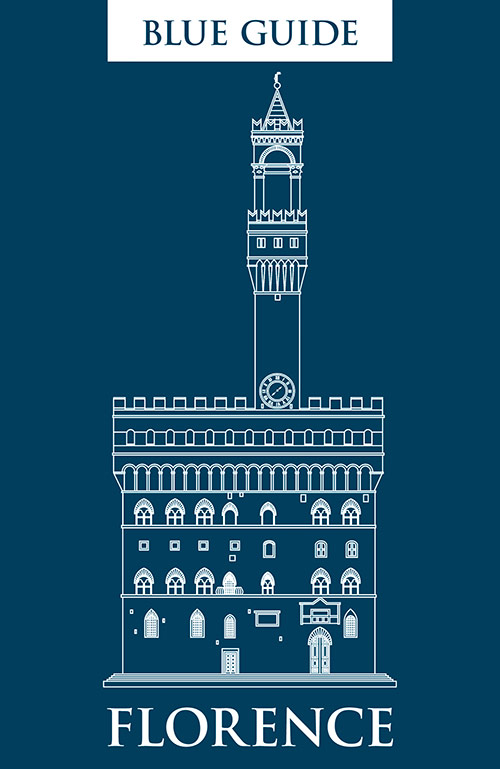This year Florence has celebrated the 30th anniversary of the Merchant Ivory film closely based on E.M. Forster’s famous novel, first published in 1908. This autumn a restored version was shown in the presence of James Ivory, members of the cast, and those who worked on its production. An excellent talk was given by Sarah Quill, who was the stills photographer for the film, at the British Institute in Florence, which celebrates its 100th anniversary this year.
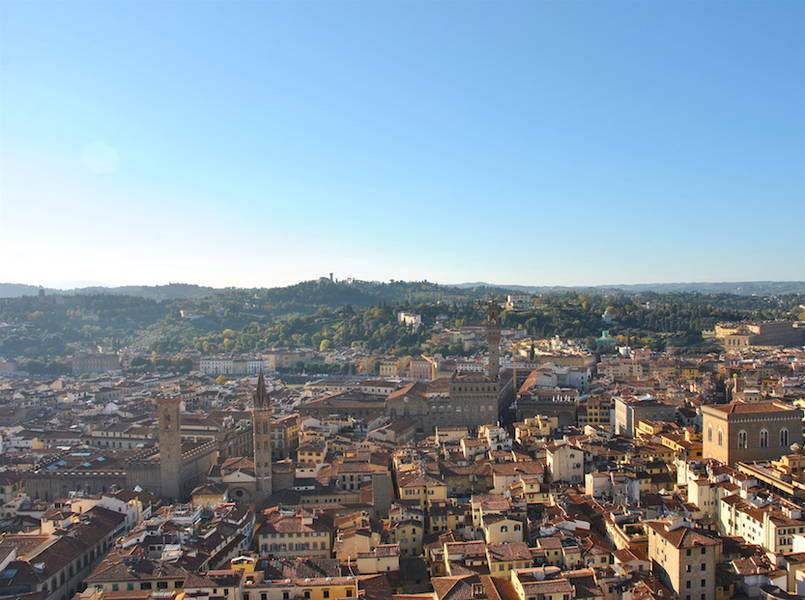
We know that Forster visited Italy in 1901 and 1902, when still in his early 20s, and wrote the first part of his novel set in Florence in the following year. As an older man he freely admitted that he had known very little about Italian life, but was attracted above all by the contrast that Italy, the land of ‘natural emotions’ offered to the ‘grey inhibited life that I knew only too well’ of the English suburbs.
But for all that, his description of the city in the novel is remarkable. The discerning details that Forster provides are always perfectly accurate: in Piazza Santissima Annunziata the heroine Lucy admires ‘in the living terra-cotta those divine babies whom no cheap reproduction can ever stale. There they stood, with their shining limbs bursting from the garments of charity, and their strong white arms extended against circlets of heaven.’
Forster must have been impressed by the number of visitors he found in Florence, since he describes Mr Eager as ‘a member of the residential colony who had made Florence their home…Living in delicate seclusion, some in…Renaissance villas on Fiesole’s slope, they read, wrote, studied and exchanged ideas, thus attaining to that intimate knowledge, or rather perception, of Florence which is denied to all who carry in their pockets the coupons of Cook.’ Later he tells Lucy ‘we residents sometimes pity you poor tourists not a little—handed about like a parcel of goods from Venice to Florence, from Florence to Rome, living herded together in pensions or hotels, quite unconscious of anything that is outside Baedeker, their one anxiety to get “done” or “through” and go on somewhere else. The result is, they mix up towns, rivers, palaces in one inextricable whirl.’ The novel contains more amusing references to the Baedeker guidebook to Florence and one chapter is entitled ‘In Santa Croce with no Baedeker’, when Lucy finds she is lost in the barn-like church without it, since the irritating Miss Lavish has seized it from her (‘And no, you are not, not, not to look at your Baedeker. Give it to me; I shan’t let you carry it. We will simply drift…’). Blue Guides have always been proud to be heirs to the great 19th-century guide book tradition through their connection with this German series (the Muirhead brothers, founders of the series, were for many years the English-language editors) and with Murray’s handbooks. We also believe that visitors to Florence should very much be allowed to carry a guide book. Without one, you really are a-drift!
Ivory’s production crew stayed and filmed at the grand Villa di Maiano, owned by the Corsini, a well-known Florentine family. When the Englishman John Temple Leader first arrived in Florence in the mid-19th century, he restored it, adding the top floor, the neo-Gothic tower and the portico on the facade, and transforming the courtyard into a ballroom. He spent the summers there while work was in progress on rebuilding the nearby castle of Vincigliata, which became the most famous and most visited of his various properties and is recognised today as a particularly successful example of Gothic Revival architecture. Edward Hutton, in his book on walks outside Florence (published the same year as A Room with a View), discourages a visit as ‘there is but little of interest in the place, almost all the works of art are copies, like the castle itself.’ Henry James, when in town the following year, while recognising it as a ‘massive pastiche’, still admired it. Temple Leader is also remembered for protecting the landscape around Maiano, transforming the disused pietra serena quarries into cypress woods. The countryside remains much as it was in Forster’s day, and in the film the carriage drive was able to be filmed directly beneath the Villa di Maiano. In the novel Forster describes the route taken by the carriages along the upper road from Fiesole to Settignano via the castle of Vincigliata and back along the lower road via Maiano. Mr Eager suggests: ‘We might go up by Fiesole and back by Settignano. There is a point on that road where we could get down and have a ramble on the hillside. The view thence of Florence is most beautiful—far better than the hackneyed view from Fiesole.’ During the trip, ‘a hollow like a great amphitheatre, full of terraced steps and misty olives, now lay between them and the heights of Fiesole, and the road, still following its curve, was about to sweep on to a promontory which stood out into the plain….[with a] view of the Val d’Arno and distant Florence.’
Close to the Maiano crossroads a path still descends to Via del Palmerino, named after the villa where the English writer Vernon Lee (Violet Paget) lived most of her life. She drew inspiration from the countryside around her house, where she would often walk or ride, and her Genius Loci came out the same year as A Room with a View (it is perhaps interesting to note that Forster mentions the ‘presiding genius of places’ in his perfect description of Piazza della Signoria).
The novel, as well as the film, remain wonderful light-hearted descriptions of Florence and its English visitors, still very true today, and Forster perceptively suggests also that ‘…the traveller who has gone to Italy to study the tactile values of Giotto, or the corruption of the Papacy, may return remembering nothing but the blue sky and the men and women who live under it.’
by Alta Macadam, author of Blue Guide Florence.







